The Ultimate Guide to PCB Glue: Types, Applications & Best Practices
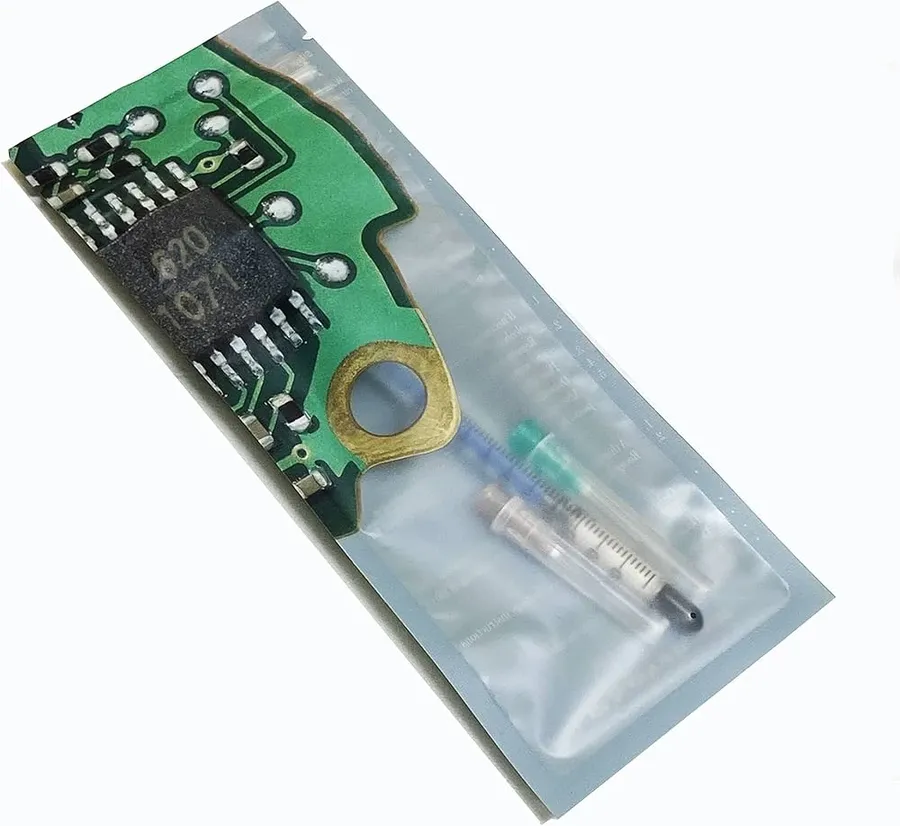
From smartphones to space shuttles, printed circuit boards (PCBs) are the unsung heroes of modern electronics. Securing components to these intricate boards is a critical task often accomplished with PCB glue. This guide will demystify the world of PCB adhesives, exploring the various types, their applications, and best practices to ensure robust and reliable connections. Just as the right glue holds together a masterpiece, the correct adhesive ensures the longevity and functionality of your electronic devices. We will dive into this essential aspect of electronics manufacturing, providing you with the knowledge to choose and use PCB glue effectively.
Understanding the Role of PCB Glue in Electronics

PCB glue is a critical material in electronics manufacturing, serving far more purposes than simple adhesion. Its primary functions include securing Surface Mount Devices (SMDs) to prevent displacement during handling and soldering, providing mechanical stability to components against vibrational forces, protecting delicate components from harsh environmental conditions like humidity and extreme temperatures, and facilitating efficient assembly processes by allowing components to be placed prior to soldering. This ensures high reliability and longevity of electronic devices.
Types of PCB Glue: A Comprehensive Overview
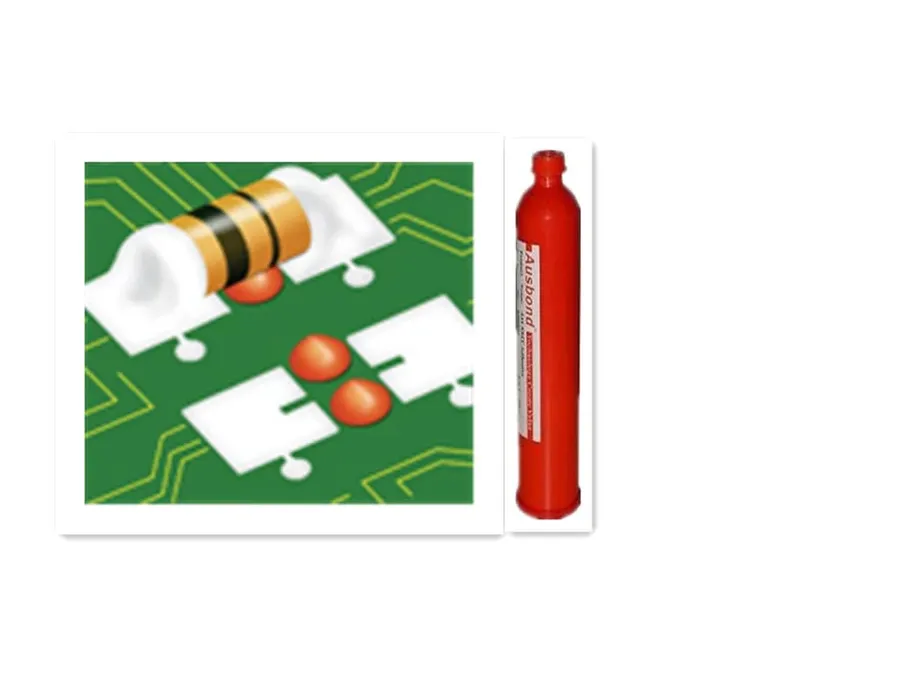
Selecting the correct adhesive for Printed Circuit Boards (PCBs) is critical for ensuring the long-term reliability and functionality of electronic devices. This section provides a comprehensive overview of the most common types of PCB adhesives, each with unique characteristics, strengths, and limitations.
| Adhesive Type | Key Characteristics | Advantages | Limitations | Typical Applications |
|---|---|---|---|---|
| Epoxy | Thermosetting polymer, high strength, excellent chemical resistance. | High bond strength, good electrical insulation, resistant to heat and chemicals. | Long cure times, can be rigid and difficult to remove for rework, requires precise mixing. | Laminating multilayer PCBs, securing large components, potting. |
| Hot Melt | Thermoplastic polymer, solid at room temperature, quick setting. | Fast curing time, ease of application, relatively low cost. | Lower bond strength, sensitive to high temperatures, poor chemical resistance. | Securing wires and small components, temporary fixation. |
| Cyanoacrylate (Super Glue) | Fast-curing, single-component adhesive. | Very fast curing, strong initial bond, easy application. | Brittle, poor impact resistance, can outgas, difficult to remove for rework. | Temporary fixing of small components, emergency repairs (with caution). |
| Silicone | Flexible, rubbery polymer, good temperature resistance. | High flexibility, excellent temperature range, good electrical insulation, easy to remove. | Lower bond strength compared to epoxies, can attract dust and debris. | Protecting sensitive components, sealing enclosures, vibration dampening. |
| UV-Curable | Cured by UV light, single-component adhesive. | Very fast curing with UV light exposure, high precision application, good optical clarity. | Requires specialized UV light source, limited penetration, can be more expensive. | Fine pitch component bonding, encapsulation, optical applications. |
Epoxy PCB Glue: The Workhorse of Multilayer Boards
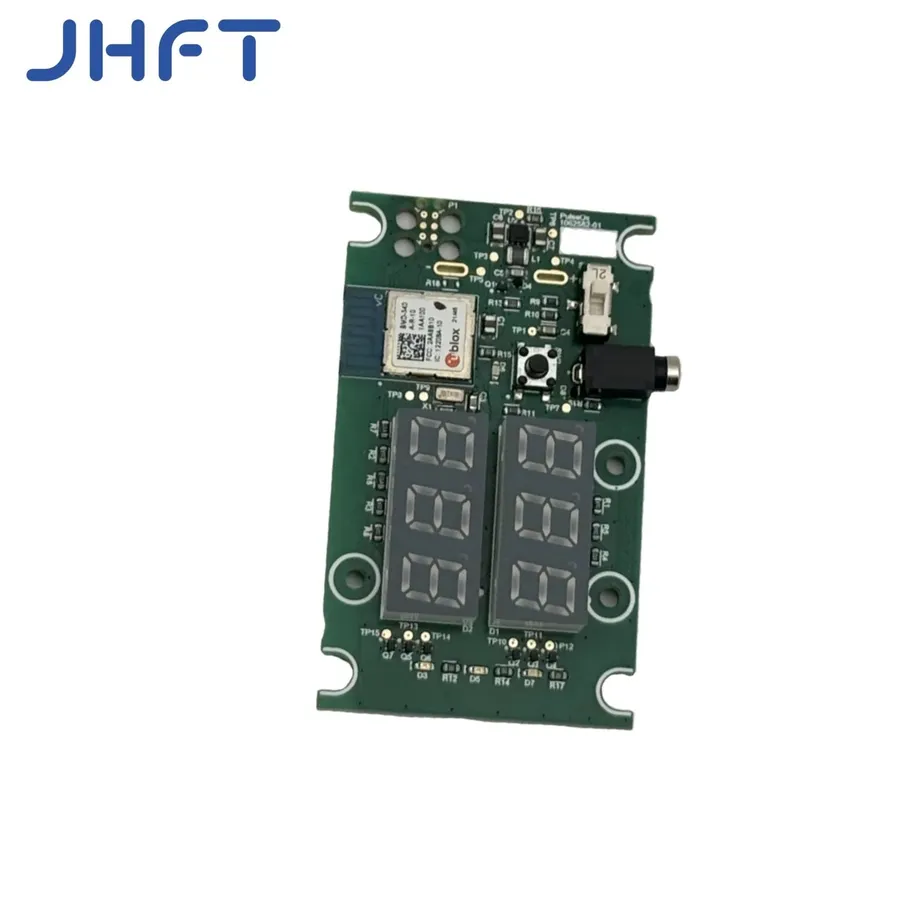
Epoxy adhesives are the most prevalent choice for laminating multilayer PCBs due to their robust bonding properties, exceptional chemical resistance, and mechanical strength. They are a thermosetting polymer that undergoes a chemical curing process, transforming from a liquid or paste into a rigid solid. This irreversible transformation provides a permanent and durable bond ideal for demanding electronic applications, particularly in environments with varying temperature ranges and potential chemical exposure.
Epoxy resins are composed of two primary components: the resin and a hardener. When mixed, they initiate a chemical reaction that causes cross-linking between the molecules, resulting in a robust, durable and chemically resistant bond. The specific properties of the epoxy, such as its viscosity, curing time, and thermal characteristics, can be tailored by the choice of resin and hardener used.
- Curing Mechanisms
Epoxy adhesives cure through a chemical reaction, typically requiring the mixing of a resin and a hardener. The curing process can be accelerated with heat or pressure, which dictates the structural integrity and material properties of the bond. Full cure times can vary from minutes to hours depending on the type and formulation of the epoxy as well as temperature and other environmental conditions. - Chemical Resistance
Epoxies exhibit remarkable resistance to a wide array of chemicals, making them suitable for use in harsh environments. They resist most acids, bases, solvents and moisture, an essential factor for electronic components which will face these conditions in the manufacturing processes or in the final use. The level of resistance depends on the specific epoxy formulation. For PCB applications, the resistance to solvents used in cleaning and rework processes is especially critical. - Application Methods
Epoxy adhesives can be applied through manual dispensing, automated dispensing systems, screen printing, or spraying. The choice of method depends on the scale of production, required precision, and type of epoxy used. Uniform and consistent application is crucial for optimal bonding. The viscosity of the epoxy needs to be taken into account when choosing application method. Dispensing systems are often used with high viscosity epoxies and screen printing is more suitable for low viscosity formulations.
| Property | Description |
|---|---|
| Tensile Strength | High, providing a strong bond |
| Chemical Resistance | Excellent resistance to solvents, acids and bases |
| Temperature Range | Wide range, suitable for high-temperature applications after curing |
| Curing Time | Variable, from minutes to hours; can be accelerated with heat |
| Electrical Conductivity | Available in both conductive and non-conductive formulations |
Hot Melt Glue: Quick and Convenient, But With Limitations
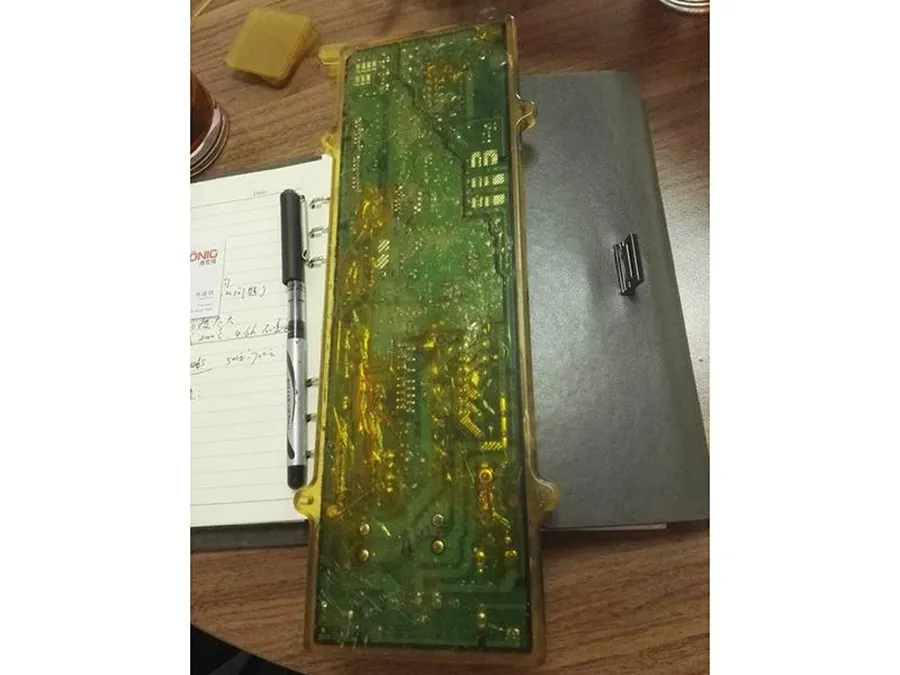
Hot melt glue, also known as thermoplastic adhesive, offers a rapid and convenient method for securing components on a PCB, especially during prototyping and non-critical applications. However, its use is tempered by its inherent limitations regarding bond strength and thermal stability. Understanding these trade-offs is critical for effective PCB assembly.
Hot melt adhesives are solid at room temperature and are applied after being heated to a molten state, solidifying upon cooling to form a bond. This characteristic allows for fast assembly times and is appealing for rapid prototyping and certain low-stress applications. However, the bond strength of hot melt glue is lower than that of other adhesives such as epoxy, making it unsuitable for use in applications where there are significant mechanical or vibrational forces.
| Aspect | Hot Melt Glue | Epoxy Glue |
|---|---|---|
| Bond Strength | Lower | Higher |
| Temperature Resistance | Lower, softens at elevated temperatures | Higher, maintains structural integrity at higher temperatures |
| Cure Time | Very Rapid (seconds to minutes) | Longer (minutes to hours) |
| Application | Simple dispensing, often with a glue gun | May require mixing and more controlled dispensing |
| Ideal Application | Temporary or low-stress bonding, prototyping | Structural bonding, high-reliability applications |
The primary limitations of hot melt glue revolve around its temperature sensitivity. Hot melt glue softens at elevated temperatures, which can compromise its bond strength and cause components to shift or detach. This makes it unsuitable for electronics that operate in high-temperature environments. Another point of consideration is that while hot melt glue offers a quick initial bond, the long-term stability and resistance to environmental factors such as humidity or chemical exposure are generally lower compared to more robust adhesives like epoxy or silicone.
While hot melt adhesives are cost-effective and easy to use, they should be selected with caution, especially for critical PCB components. For the majority of PCB assembly work it is not the first choice. When considering hot melt glue, always assess the operating conditions of the PCB, the required bond strength, and the potential for thermal and environmental exposure. When in doubt, higher-performance adhesives such as epoxy or silicone should be favored over hot melt glues.
Superglue (Cyanoacrylate): When is it Acceptable for PCBs?
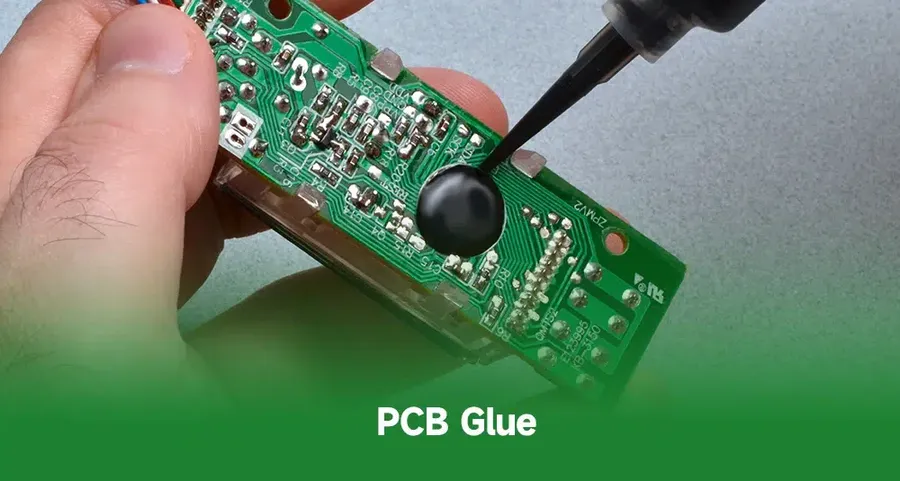
Cyanoacrylate adhesives, commonly known as superglue, offer a rapid and strong bond, but their application on Printed Circuit Boards (PCBs) requires careful consideration due to specific drawbacks. While convenient for quick fixes, their properties often make them unsuitable for many PCB assembly and repair tasks. Understanding these limitations is crucial before using superglue in any electronic application.
- Advantages of Cyanoacrylate on PCBs
Cyanoacrylates offer rapid curing times, which can be advantageous for securing components quickly, and can be readily available making them a convenient option for quick fixes. However, the practical applications for these advantages on PCBs are limited. - Disadvantages of Cyanoacrylate on PCBs
Superglue exhibits several drawbacks when used on PCBs: It has poor impact resistance, making it brittle and prone to fracturing under stress or vibration; it can off-gas during curing, releasing volatile organic compounds that can cause corrosion and contamination in sensitive electronic environments; the resulting bond is rigid and inflexible, which doesn't accommodate thermal expansion and contraction of materials; It's difficult to remove making rework and repair extremely challenging, potentially damaging board traces and components during removal; finally cyanoacrylates are generally not electrically insulating and may introduce unwanted conductivity. - Safe Application Techniques
If using cyanoacrylate on PCBs, apply in a well-ventilated area due to off-gassing. Use minimal amounts and avoid sensitive components or areas prone to heat. Ensure proper safety measures like gloves and eye protection are used to prevent skin contact. Consider using a specialized cyanoacrylate with low outgassing and that is specifically formulated for electronics. - Limited Acceptability
Due to its inherent drawbacks, use of cyanoacrylate adhesives should be very limited and it is generally not recommended for structural or critical bonding applications on PCBs. Consider using other adhesives like epoxy, silicone or UV-curable adhesives for long lasting and robust solutions. Cyanoacrylates could be acceptable for very temporary fixturing or component holding during assembly as long as it does not interfere with the function or reliability of the device.
Silicone Adhesives: Flexible and Durable PCB Bonding
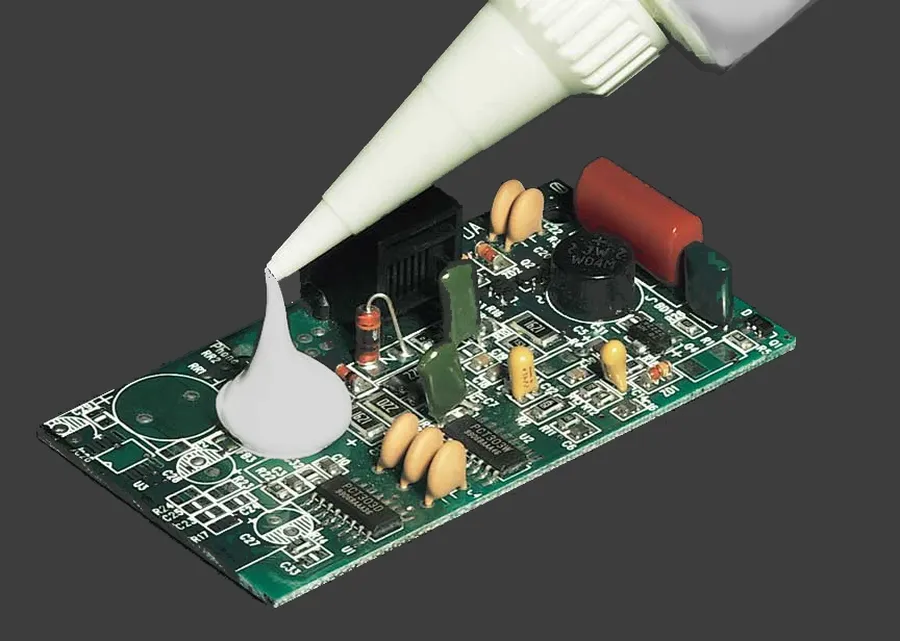
Silicone adhesives stand out in PCB assembly for their exceptional flexibility, broad temperature tolerance, and ease of removal, making them ideal for applications where stress relief and reworkability are crucial. Their unique properties protect sensitive components while providing reliable electrical insulation.
Silicone adhesives are not without limitations. Their relatively low tensile strength and susceptibility to certain chemicals can make them unsuitable for high-stress applications or environments with harsh chemical exposures. Careful consideration of the operating environment is crucial when choosing silicone adhesives for PCB applications.
| Property | Description | Advantages | Disadvantages |
|---|---|---|---|
| Flexibility | Ability to deform without breaking. | Excellent for vibration dampening and thermal expansion mismatch. | Lower tensile strength compared to epoxy. |
| Temperature Range | Maintains properties over a wide temperature range (-50°C to 200°C). | Suitable for extreme environments. | Thermal conductivity is lower than some other adhesives. |
| Removal | Easy to remove from PCB without causing damage. | Simplifies rework and repairs. | May not adhere well to all surfaces without proper surface preparation. |
| Electrical Properties | Good dielectric properties. | Provides excellent electrical insulation. | Can have higher cost compared to other adhesives. |
| Chemical Resistance | Resistant to moisture and many chemicals. | Protects against environmental factors | Susceptible to some solvents and chemicals |
UV-Curable Adhesives: Precision and Speed in PCB Assembly
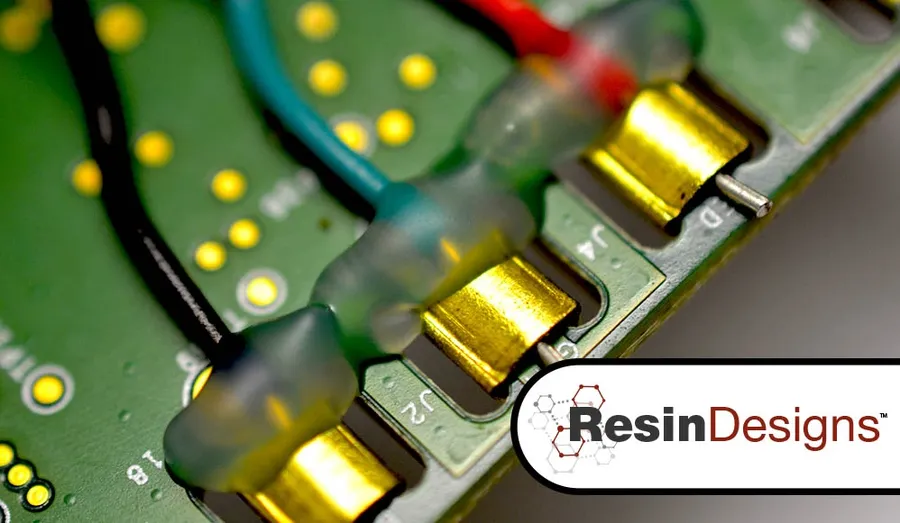
UV-curable adhesives are a specialized class of adhesives that undergo a rapid curing process when exposed to ultraviolet (UV) light. This characteristic makes them exceptionally well-suited for high-speed, precision applications in PCB assembly, where minimizing production time and ensuring accurate component placement are paramount. These adhesives offer a compelling alternative to traditional methods, enabling efficient and reliable bonding of electronic components.
The primary advantages of UV-curable adhesives stem from their unique curing mechanism. Unlike epoxy or hot melt adhesives, UV-curable materials do not require heat or long setting times. This allows for immediate handling of bonded components after UV exposure, drastically reducing overall assembly time. Additionally, the precise control over the curing process enabled by UV light allows for highly accurate adhesive application and bonding.
However, the application of UV-curable adhesives is not without its considerations. It necessitates the use of specific UV curing equipment which can present a higher upfront cost. Furthermore, the adhesive itself must be formulated to be transparent or translucent to UV light. This is important to ensure proper curing across the entire bond line. The material to be bonded should also be UV transmissive or be exposed from the edge.
| Feature | UV-Curable Adhesive | Traditional Adhesives (e.g., Epoxy) |
|---|---|---|
| Curing Time | Seconds to minutes | Minutes to hours |
| Curing Mechanism | UV light exposure | Chemical reaction or heat |
| Precision | High, due to controlled curing | Lower, potential for movement during curing |
| Equipment | Requires UV light source | May require mixing equipment, heat source |
| Cost | Higher upfront cost for equipment | Lower upfront cost, potential for higher labor costs |
In summary, UV-curable adhesives provide a high-speed, precise bonding solution particularly advantageous in high-volume PCB assembly lines. While initial equipment costs may be higher, the enhanced efficiency and control over bonding process can lead to significant long-term benefits.
PCB Glue Best Practices: Application and Handling
Achieving a robust and dependable bond with PCB glue requires adherence to best practices, encompassing proper surface preparation, precise dispensing techniques, effective curing methods, and stringent safety protocols. The specific approach to application hinges on the type of adhesive being used, necessitating a tailored strategy for each.
- Surface Preparation
Prior to applying any adhesive, the PCB surface must be thoroughly cleaned. Remove any contaminants such as dust, oils, and residues using a suitable cleaning agent, such as isopropyl alcohol (IPA) with a minimum concentration of 90%. Allow sufficient drying time to ensure no residual solvent remains. A clean surface promotes optimal adhesion by maximizing surface contact and bonding. - Dispensing Techniques
The application of PCB glue requires controlled dispensing. Depending on the viscosity and application requirements, methods vary from manual dispensing with syringes or nozzles to automated dispensing systems. Precise dispensing is crucial to prevent excess glue from overflowing onto unwanted areas, potentially causing short circuits or interfering with nearby components. Use the correct needle size and pressure for the chosen adhesive type. - Curing Methods
Curing, the process of hardening the adhesive, varies significantly depending on the glue type. Epoxy adhesives often require a specific time and temperature profile to achieve their optimal mechanical properties. Hot melt adhesives solidify quickly on cooling, while UV-curable adhesives require exposure to UV light of a specific wavelength and duration. Follow the manufacturer's recommendations for curing schedules and conditions to ensure proper bonding. - Safety Precautions
Always prioritize safety when handling PCB glues. Work in a well-ventilated area to avoid inhaling fumes from the adhesives. Use appropriate personal protective equipment (PPE) such as gloves and eye protection to avoid skin and eye contact, and consider a respirator in enclosed spaces when dealing with adhesives that have volatile organic compounds (VOCs). Consult the manufacturer's safety data sheet (SDS) before use and comply with all safety guidelines. - Specific Application Methods
Different adhesives require specific application considerations. For example, epoxy should be carefully mixed at the recommended ratio and applied within its pot life. Hot melt adhesives require careful control of the temperature to prevent heat damage to the board or components, and cyanoacrylate (superglue) should be used sparingly because of its tendency to 'wick' or flow uncontrollably. Silicone adhesives may require surface activation for optimal bonding. Always refer to the specific datasheet of your adhesive for guidelines on use.
Frequently Asked Questions About PCB Glue
This section addresses common inquiries concerning PCB adhesives, providing practical insights into their selection, application, and safe handling. Understanding the nuances of PCB glue is crucial for ensuring the longevity and reliability of electronic devices.
- When should I use conductive versus non-conductive PCB glue?
Conductive PCB glue is used when electrical conductivity is required between components, commonly for grounding or creating electrical pathways, while non-conductive glue is used for mechanical attachment, insulation, and preventing short circuits. The choice depends entirely on the specific functional requirements of the application. Using conductive glue where insulation is needed can create short-circuits, while using non-conductive glue to make electrical connections will result in a faulty or non-functional circuit. - What are the safest methods for removing PCB glue?
Safe removal methods vary depending on the glue type. For epoxy, heat or specialized solvents may be necessary. Cyanoacrylate (superglue) can be removed with solvents, but one must be cautious of the damage it can do to circuit board components. Silicone adhesives are generally the easiest to remove. Hot melt adhesives can be removed by applying heat. It is crucial to test removal methods on a small, non-critical area first to avoid damage to the PCB. Always refer to the manufacturer's datasheet for the recommended removal methods for a particular glue. - Which type of adhesive is best for mounting various types of PCB components?
The choice of adhesive depends on the specific component and its requirements. For heavy components or those needing high temperature stability, epoxy is often used. For smaller, low-profile components, or those that do not require high mechanical strength, hot melt glue is used for it's quick application. Silicone is preferred for components that require flexible bonding and protection against environmental factors. Cyanoacrylate is generally not recommended for delicate components that will require rework. When in doubt, refer to component manufacturer's specification and consult PCB assembly best practices. - Is it harmful to use super glue (cyanoacrylate) on PCBs?
Yes, the use of super glue on PCBs has inherent risks. The off-gassing from cyanoacrylate adhesives during curing can corrode sensitive components. Additionally, its rigid and brittle nature can make rework and repairs very difficult and potentially damaging. For these reasons, cyanoacrylate is not recommended for many PCB applications. The only time it may be acceptable is in very small amounts and in areas where its brittleness will not pose an issue. It is also important that the board is not under any tension that might place stress on the bond. - Can hot glue damage PCBs?
While hot glue has a low melting point and is easy to use, it has some drawbacks. The application temperature can be high, potentially damaging temperature sensitive components. Additionally, its bonds aren't particularly strong, and may degrade over time. It is important to use only hot glues with a low melt temperature, and to only apply them to components that are tolerant of heat. Due to the inherent risks, it should be used only as a last resort when other glues are not available. Best practices recommend against using hot glue for long term stability. - When is it best to use glue instead of soldering for PCB components?
Gluing is preferable to soldering when dealing with temperature-sensitive components that may be damaged by the heat from soldering. Gluing is also advantageous for components not intended for electrical connection or for providing mechanical support to fragile components. Additionally, gluing is a better choice when dealing with large area components that would have many solder joints. However, soldering creates an electrical and mechanical bond that is not achievable through the use of glue. In short, both have advantages and should be used when appropriate.
Selecting the Right PCB Glue: A Decision Matrix
Choosing the correct PCB adhesive is critical for ensuring long-term reliability and performance of electronic assemblies. The selection process involves evaluating several factors including the type of components, operational environment, required bond strength, and the feasibility of rework. A structured approach, such as a decision matrix, simplifies this process by considering these key aspects.
| Property | Epoxy | Hot Melt | Cyanoacrylate (Super Glue) | Silicone | UV-Curable |
|---|---|---|---|---|---|
| Bond Strength | High | Moderate | Moderate to High | Low to Moderate | High |
| Temperature Resistance | High | Low | Moderate | High | Moderate to High |
| Flexibility | Low | Moderate | Low | High | Low |
| Chemical Resistance | Excellent | Fair | Poor | Good | Excellent |
| Cure Time | Slow | Fast | Very Fast | Variable | Very Fast |
| Reworkability | Difficult | Easy | Difficult | Easy | Moderate |
| Typical Applications | Laminating, component bonding | Temporary Fixes, Wire Tack | Quick Fixes | Encapsulation, Vibration Dampening | High precision, Automated Assembly |
| Electrical Properties | Generally Insulating | Generally Insulating | Generally Insulating | Insulating | Generally Insulating |
The table above provides a comprehensive comparison of the different types of PCB glues, highlighting their strengths and weaknesses for various applications.
Choosing the right PCB glue is paramount to ensure the long-term reliability and performance of electronic devices. From the versatile epoxy resins to the flexible silicone adhesives, understanding their individual characteristics is crucial. The use of PCB glue is not merely about adhesion; it is about creating a robust, secure, and protected electronic system. As technology continues to advance, the demands on PCB assembly become more stringent, making the selection and application of the right PCB glue an increasingly critical factor in electronic design and manufacturing. Whether you're an engineer designing new circuits or a hobbyist repairing an existing board, mastering the art of PCB glue application is a valuable skill in today’s world.
 AnyPCBA
AnyPCBA